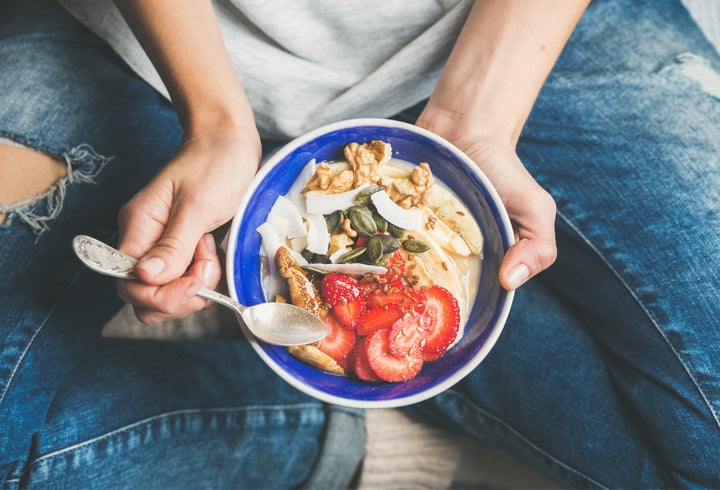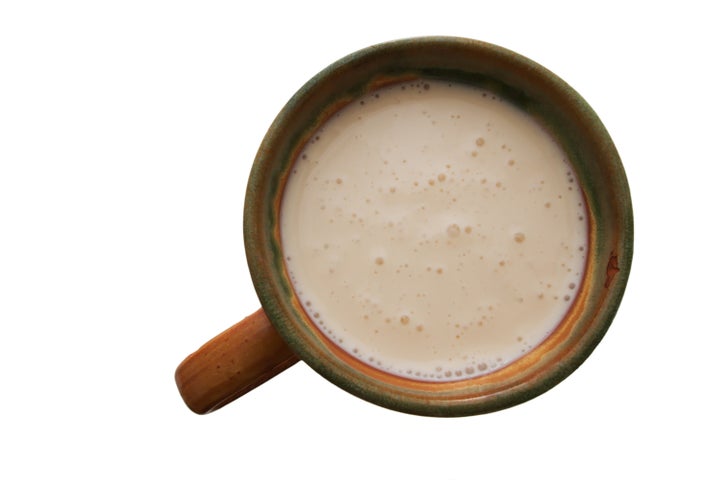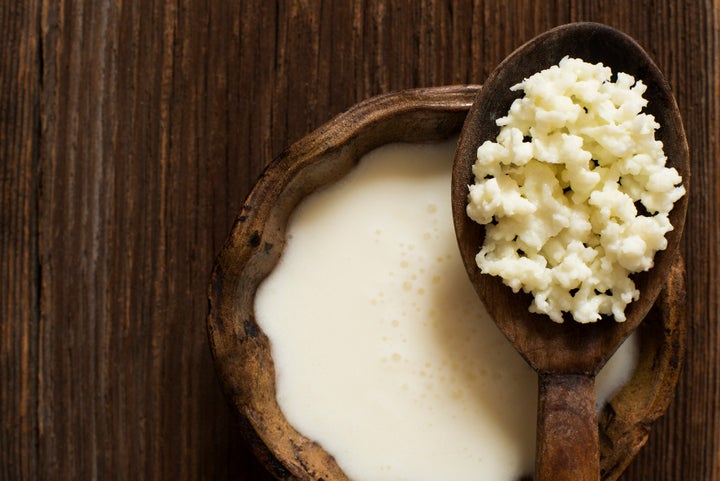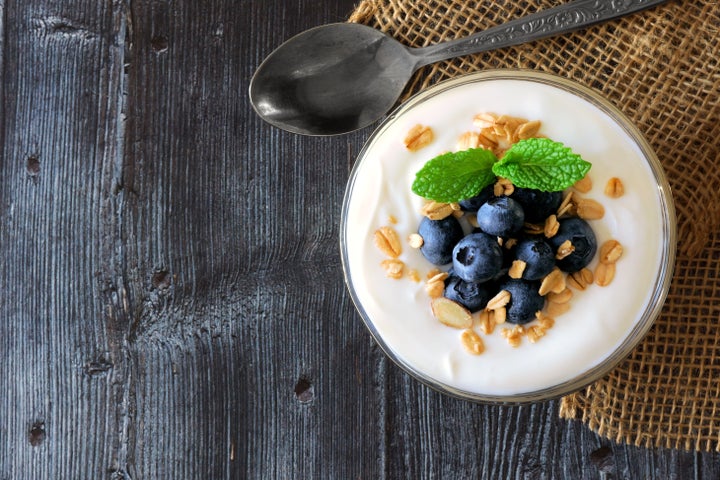You know the drill. Sunday fear becomes Monday blues becomes a slow start to another week that you’re not really feeling.
If that’s a cycle you want to break, hitting up a healthier life is the best way to a zippier you. And recent scientific research suggests that one way of contributing to a holistically balanced body lies in getting your gut in a good place.
Recent studies indicate that gut bacteria can influence mood-related symptoms in humans – even going so far as to be beneficial in cases of Chronic Fatigue Syndrome and anxiety.
As the gut is the body’s primary creator of serotonin (producing an estimated 95 per cent of the ‘happy hormone,’ according to The American Psychological Association), this field of science is rapidly gaining traction – from books like Dr. Vincent Pedre’s 2016 release ‘Happy Gut’ and Dr David Perlmutter’s 2015 ‘Brain Maker: The Power of Gut Microbes to Heal and Protect Your Brain – for Life,’ to Professor Tim Spector’s ‘British Gut’ project, which explores how our overall health is affected by the organ.

As to how to get on the hype? Fermented dairy is a great place to start. A strong source of probiotics – the ‘friendly’ bacteria which help to keep your gut’s bacterial balance and, thus, your gut, happy – it has the added benefit of tasting delicious.
As registered dietician Jessica Cording states: “Yogurt and kefir can provide beneficial probiotic bacteria, which help to fight off pathogens and help support regular digestion. Another important thing to keep in mind is that production for mood-regulating neurotransmitters like serotonin also involves the GI tract, so good digestion is key to mental health as well.”
On the same page is the British Dietetics Association. Their current fact sheet says that as probiotics compete for space and for food with potentially harmful bacteria, they help to get rid of the latter, as well as stimulating our own immune systems so that infections can be conquered quicker.
A simple at-home fermentation process can supercharge your dairy with extra benefits. Remember: this is something to incorporate into your lifestyle, not a quick fix. “It’s important to try your fermented dairy for at least a month. As it’s homemade, each strain will have different amounts and different effects,” says Kirsten Crother, Dietician at the Food Treatment Clinic. “Try to stick with the same consistency and have it every day.”
Here’s how it’s done.
Ryazhenka
Often referred to as ‘baked milk,’ ryazhenka comes from Russia, Belarus and Ukraine. Created by baking whole pasteurised milk on a low temperature, ideally in a crockpot or a slow cooker for 8 to 10 hours (until the top turns golden brown). Allow to cool and strain, then, to ferment, add one tablespoon of sour cream as per two cups of milk, cover and leave at room temperature for 12 hours. That’ll get the bacteria doing its work and gut-friendly baby right up.

Kefir
Sitting in between the texture of milk and yoghurt, this tangy drink is good if you’re one for the sourer tastes. Buy kefir grains online, get in a carton of milk and you’re in business.
Start with 500 ml full fat milk and 1 tbsp of the grains. Stir together and allow to ferment at room temperature for over 24 hours. Strain the grains with a plastic sieve (the grains don’t respond well to metal) and enjoy.

Homemade yoghurt
The fermented food we all know and love. But with this quick lifestyle hack you can gain more benefits for your health – and save some cash while you’re at it. You need 500ml of milk, plus a pot of plain yoghurt which explicitly states that it was made with live cultures.
Wait for the milk to come to room temperature, then simmer in a saucepan to 200 degrees. Allow to cool sightly, then whisk in three tablespoons of the yoghurt. Ensure the pot stays warm – you could wrap in a towel or cover with a lid – then leave to stand for 12 hours.
Next, move to the fridge to chill. To make your next batch, reserve three table spoons of the first lot, and you’re in a self-sustaining yoghurt cycle. Boom.
